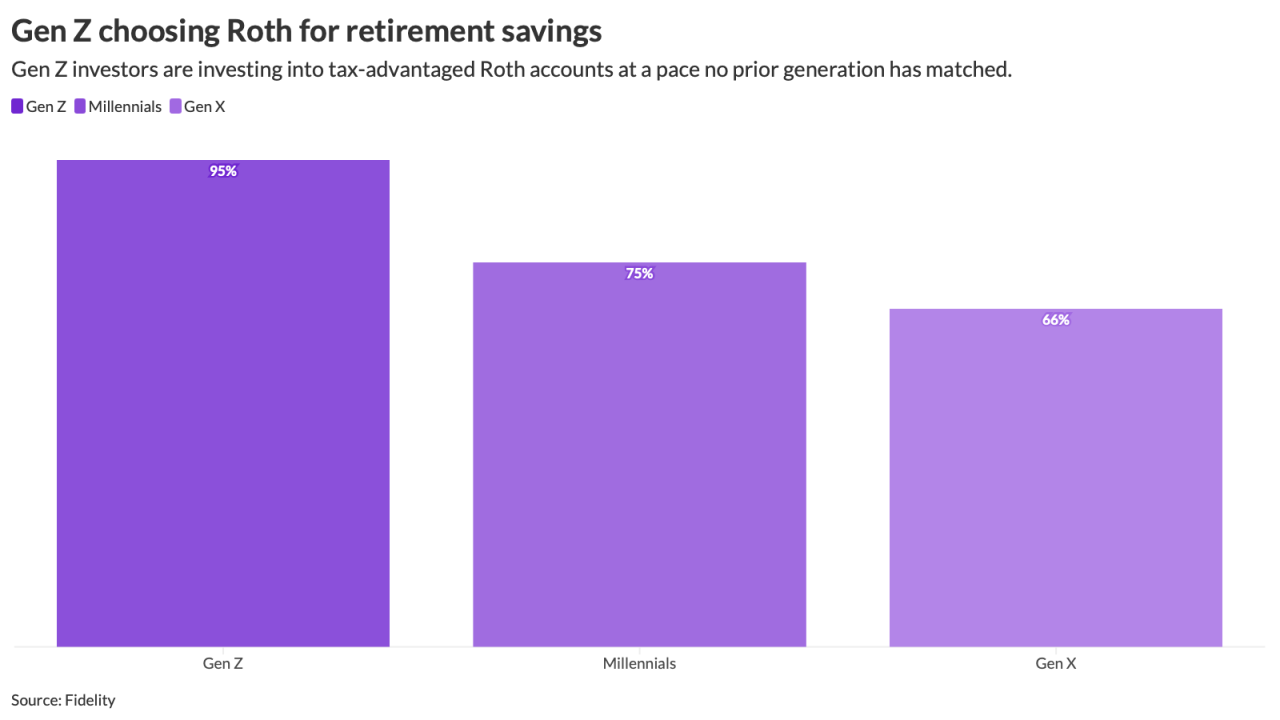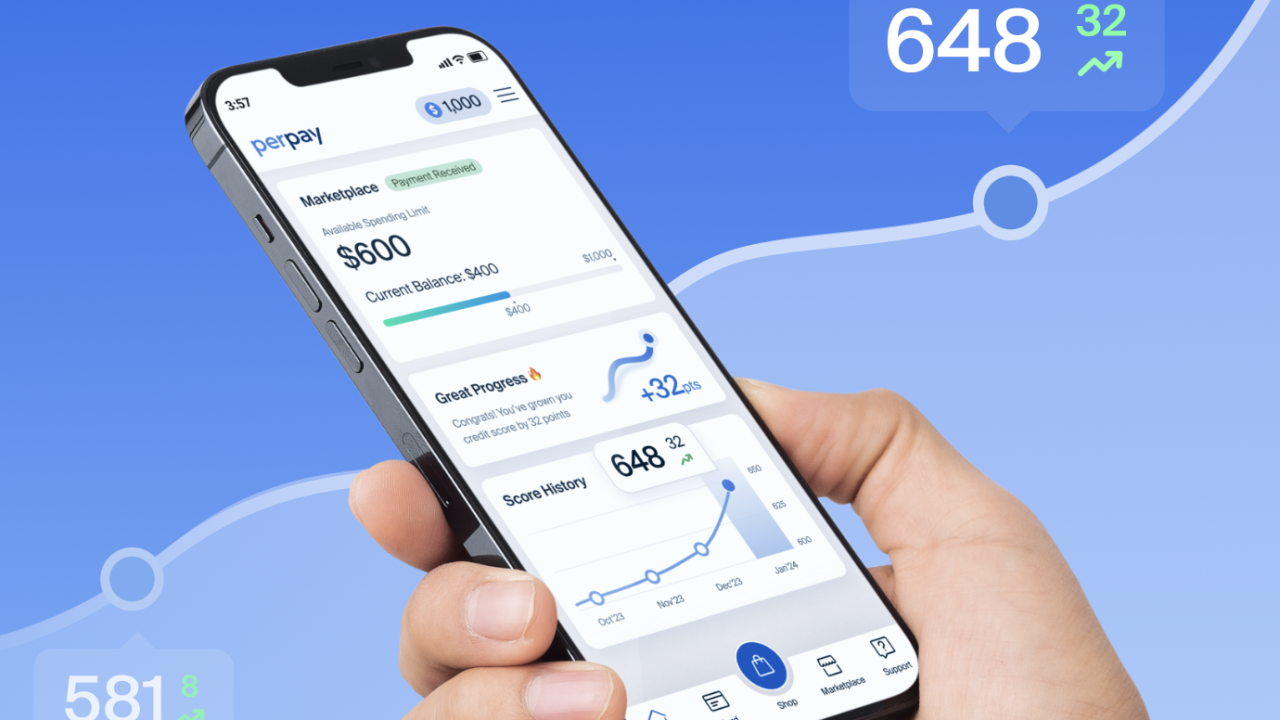The Pension Protection Act of 2006 authorized the use of qualified default investment alternatives in defined contribution plans to help spur employees to participate in their workplace retirement plans. And although the regulation has encouraged employers to offer automatic enrollment and default investments like target-date funds, there are still some concerns that need to be addressed, according to a new report by the Government Accountability Office.
Many plan sponsors have stepped up to offer automatic enrollment into investments they feel are appropriate for long-term retirement savings, but while the PPA “encouraged the adoption of QDIAs through the creation of safe harbor plan designs, some plan sponsors find the final DOL regulations to be unclear, especially with regard to the consideration of participant ages when selecting a QDIA, the extent of fiduciary protection, and the flexibility to allow innovations in QDIA products,” the GAO said in its report, “401(k) Plans: Clearer regulations could help plan sponsors choose investments for participants.”
Also see:
The GAO recommended that the U.S. Department of Labor’s Employee Benefits Security Administration “assess the challenges that plan sponsors and stakeholders reported, including the extent to which these challenges can be addressed, and implement corrective actions through clarifying guidance or regulations, as appropriate.”
The GAO surveyed 227 plan sponsors who voluntarily completed a Web-based questionnaire and interviewed 96 stakeholders, including service providers, advocacy groups and research organization representatives for its report. It looked at which options plan sponsors selected as default investments and why, how plan sponsors monitor their default investments and what challenges plan sponsors said they faced when adopting a default investment alternative for their plan.
Also see:
It found that the majority of employers from 2009 to 2013 adopted a target-date fund as their default. Target-date funds shift investments to less risky options as a participant nears retirement. Other default investment alternatives included balanced funds, products with a fixed ratio of equity to fixed-income investments, and managed account services, investment services that use participant information to customize asset allocations.
“Plan sponsors completing GAO’s questionnaire said that they generally looked for asset diversification, ease of participant understanding, limited fiduciary liability, and a fit with participant characteristics when selecting a default investment,” the report said.
Employers who select a QDIA must meet specific regulatory conditions to receive relief from liability for any investment losses to participants that happen because of the investment in a QDIA, the report said. But to qualify for a safe harbor QDIA, plan sponsors must periodically review their investment alternative to make sure it is still appropriate.
Also see:
The GAO report did find that even if a review found that the QDIA was not operating as it should many plan sponsors were reluctant to change options.
“After an extensive default selection process, some plan sponsors may be reluctant to change the default investment regardless of monitoring results,” the GAO said. “For example, a plan sponsor and service provider may have negotiated a reduction in overall plan investment management fees in exchange for using a provider’s investment as a plan’s default, making it more difficult to change.”
It also found that many plan sponsors opt to use stable-value funds or money market accounts as their default investments so they don’t have to worry about complying with the many regulations surrounding QDIAs.
Also see:
Phyllis Borzi, assistant secretary of the EBSA, pointed out in her response to the GAO report that the DOL has issued guidance clarifying and supplementing the QDIA regulation since final regulation was released in October 2007.
In 2013, the EBSA released a Field Assistance Bulletin on the most frequently asked questions and issued guidance to help fiduciaries in choosing a target-date fund.
She said that the DOL has attempted to foster the use of lifetime income solutions and other innovations in QDIAs when they are in the best interest of plan participants and beneficiaries.
Also see:
“We will review GAO’s report and assess the challenges that plan sponsors and stakeholders reported to GAO,” she said in a letter to Charles Jeszeck, director, education, workforce and income security for the GAO. “We will consider whether a broader public comment process (such as a Request for Information) or a research project would aid that assessment and will determine whether other actions such as issuing clarifying guidance or regulations would be beneficial to our stakeholders.”
Paula Aven Gladych is a freelance writer based in Denver.





